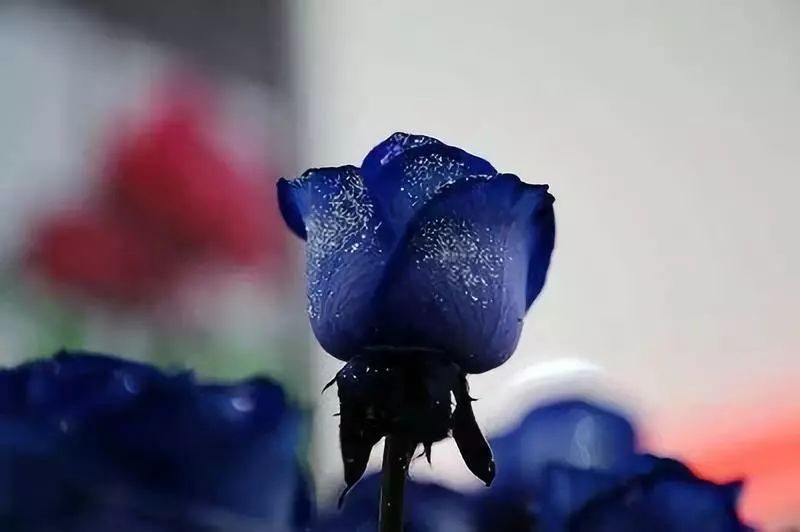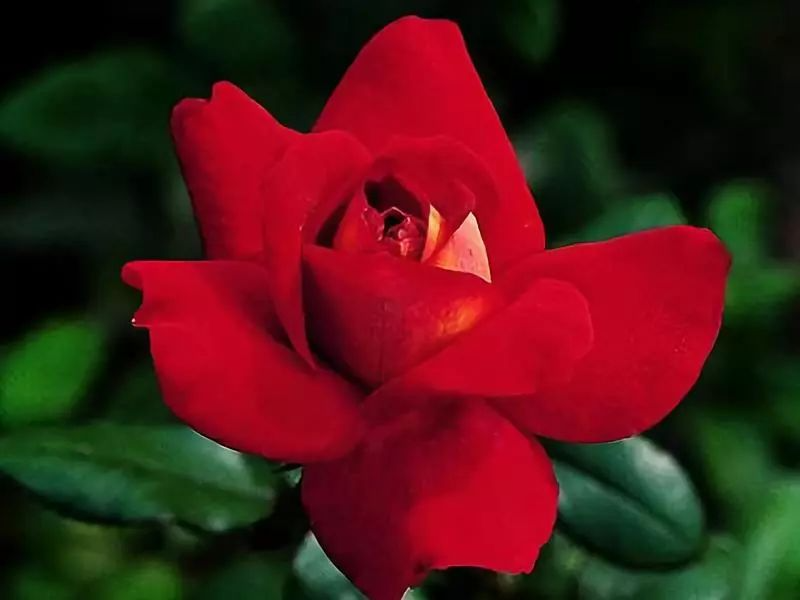Here are some techniques for preserving fresh cut flowers…be sure to save them!
Cut roses are one of the four major cut flowers in the world and occupy a very important position in the domestic and international flower markets. However, cut roses bloom quickly, age easily, and have a relatively short vase life. In the various post-harvest links of cut roses, such as harvesting, pre-cooling, packaging, transportation, and storage, they may suffer from varying degrees of water loss stress. Water loss stress can cause serious consequences such as bent necks, blue petals, wilting or falling off, shortened vase life, and failure of flowers to bloom normally.

Therefore, how to effectively solve the aging problem of cut roses caused by water loss in the circulation channel after harvesting can be done. Cut flowers are living bodies separated from the mother plant. Cut flowers generally go through two stages of flowering and aging after harvesting. Cut flower flowering refers to the opening process of the flower plant from the bud stage, initial opening to full opening after fresh cut flowers are harvested; cut aging refers to the process from the full expansion of the petals to the occurrence of wilting or shedding, etc., which loses its ornamental value. For cut flowers, they lose water supply after being harvested and separated from the mother plant. The leaves of the flower branches continue to lose water through transpiration, and the surface of the flower branches also loses water through the cuticle, which causes water stress. Even during the vase insertion process, the ducts will be blocked due to various reasons, often causing the cut flowers to wilt and lose their ornamental value. A large number of studies have shown that water loss stress shortens the vase life of cut flowers and promotes petal aging. Therefore, maintaining the water balance of cut flowers and maintaining the balance of active oxygen in cut flower cells under water loss adversity have become important factors affecting the vase life of cut flowers.

The nutrients in the petals of cut flowers, such as soluble sugars and soluble proteins, continue to decompose and decrease as the cut flowers age, while the content of total free amino acids and free alkaline amino acids increases. The nutrients required for the normal life activities of the cut flowers cannot be adequately supplemented, and the flowers cannot get enough nutrition for flowering, which will also shorten the life of the cut flowers.

In recent years, people have gradually realized the important role of active oxygen metabolism in adverse stress. Many adverse stresses such as salt damage, cold damage, drought, and pollutants such as O3 and SO2 can stimulate plant cells to produce destructive active oxygen. There are many reports on the physiological effects of dehydration stress on cut flowers. For example, the permeability of rose petals that wilt due to dehydration is 2 to 5 times higher than that of normal petals, and the permeability of petals after aging increases by 20 times; with the extension of storage time, the fresh weight loss rate increases, the ethylene production increases, and it maintains a high level in the middle period, and then rapidly decreases in the later period, and the vase life is shortened; under dehydration stress conditions, the permeability of the vesicle membrane increases, and the activity of related endopeptidases also changes; many research results show that dehydration of cut roses can induce oxidative stress and accelerate their aging.

In the normal metabolic process of plants, due to physical, chemical and biochemical factors, it is inevitable that reactive oxygen species with destructive effects are produced. Therefore, plants have formed a complete scavenging system in the process of evolution to maintain normal reactive oxygen metabolism. However, when the degree of stress increases, the scavenging system will be destroyed, reducing its scavenging ability, leading to aging of cut roses!